
Yoga has earned a reputation as a gentle and therapeutic form of exercise. It improves flexibility, enhances strength, reduces stress, and promotes a deep connection between the body and mind. But while the practice of yoga offers numerous benefits, it’s not immune to the risk of injury—especially when practitioners push themselves too hard or perform poses with poor alignment. Among the wide spectrum of yoga-related injuries, hamstring strain tops the list as the most common one, affecting both beginners and experienced yogis alike.
In this comprehensive guide, we’ll dive into the world of yoga-related hamstring injuries—what they are, how they happen, how to prevent them, and how to recover if you’ve already been affected. Whether you’re a new student, seasoned practitioner, or yoga teacher, understanding this injury can help you maintain a safe, healthy practice.
What Is a Hamstring Strain?
The hamstrings are a group of three muscles (biceps femoris, semitendinosus, and semimembranosus) that run along the back of your thigh, from your hip to your knee. These muscles are crucial for walking, bending the knee, and extending the hip. In yoga, they’re heavily engaged and stretched, especially during forward bends.
A hamstring strain occurs when one or more of these muscles are overstretched or torn. Strains range in severity:
• Grade I (Mild): Slight pull or overstretching without tearing.
• Grade II (Moderate): Partial muscle tear, accompanied by pain and swelling.
• Grade III (Severe): Complete tear, often causing sharp pain and significant loss of function.
In yoga, most hamstring injuries are Grade I or II, but they can still be painful and long-lasting.

Why Is Hamstring Strain So Common in Yoga?
Despite yoga’s reputation for being low-impact, certain dynamics of the practice can put the hamstrings at risk. Here’s why it happens so often:
- Overstretching
Yoga emphasizes flexibility. Many students strive to “go deeper” into poses like forward folds (Paschimottanasana) or downward-facing dog (Adho Mukha Svanasana). The desire to reach farther can lead to overstretching the hamstring tendons, especially near the sitz bones (ischial tuberosities).
- Lack of Warm-Up
Jumping straight into deep stretches without adequately warming up the muscles can make them less pliable and more prone to strain. Hamstrings, in particular, benefit from dynamic movements before static stretching.
- Poor Alignment
Improper form in forward folds, lunges, or standing splits can shift the strain from the muscle belly to the delicate tendon near the sit bone. This is where many yoga practitioners develop chronic injuries known as proximal hamstring tendinopathy.
- Repetitive Motion
Practicing the same sequences daily (like Sun Salutations) without variation can lead to overuse. When the hamstrings are repeatedly stretched without adequate recovery, microtears can accumulate.
- Imbalanced Strength and Flexibility
Flexible hamstrings aren’t necessarily strong hamstrings. Many yogis focus on increasing range of motion without building sufficient muscular support, which can create instability and strain.
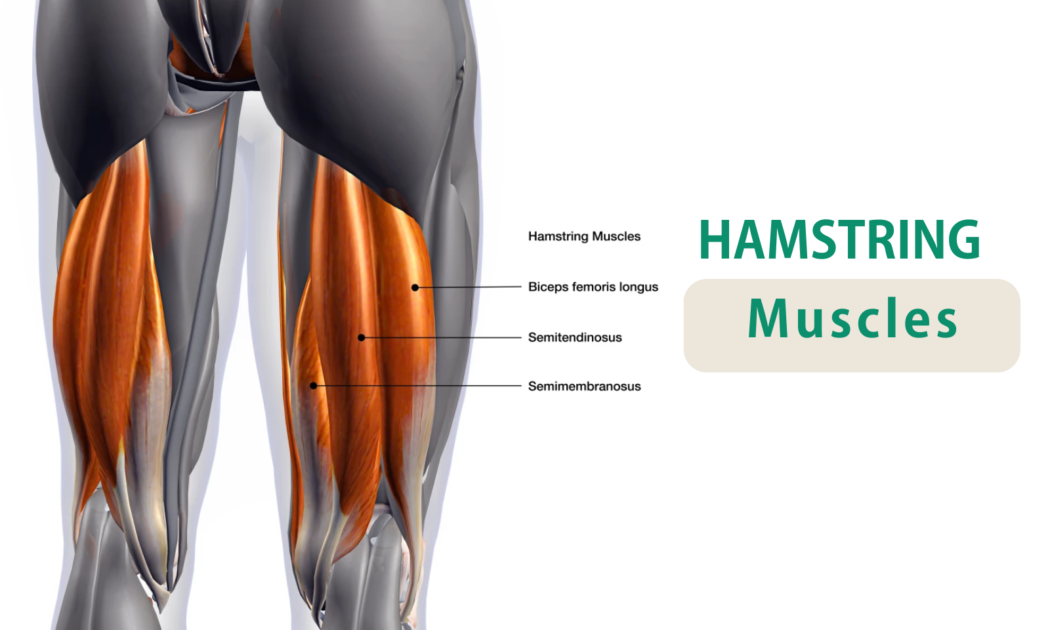
Common Poses That Contribute to Hamstring Strain
Not all yoga poses are equal when it comes to hamstring strain. Some are particularly risky when performed with poor alignment or without proper warm-up:
- Forward Fold (Uttanasana & Paschimottanasana)
These classic poses deeply stretch the hamstrings. Rounding the back or pulling with the arms to reach further often causes strain.
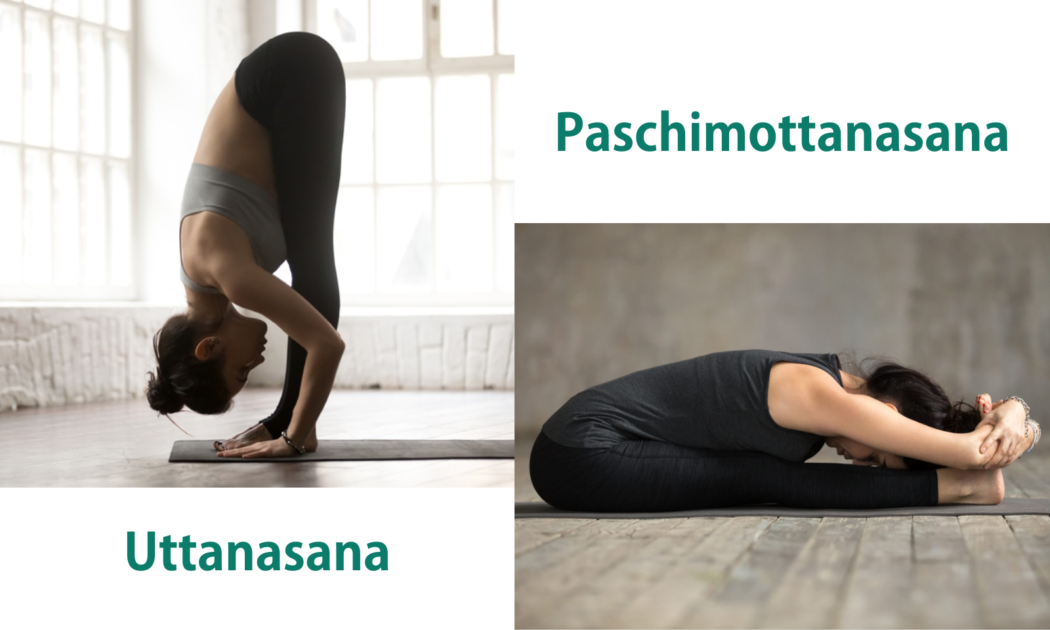
- Downward Dog (Adho Mukha Svanasana)
Seen as a resting pose, this actually stretches the hamstrings significantly. Tight hamstrings can lead to overcompensation in other joints.
- Standing Splits (Urdhva Prasarita Eka Padasana)
This intense pose can easily overstretch the hamstrings if the lifted leg is forced higher than your current flexibility allows.
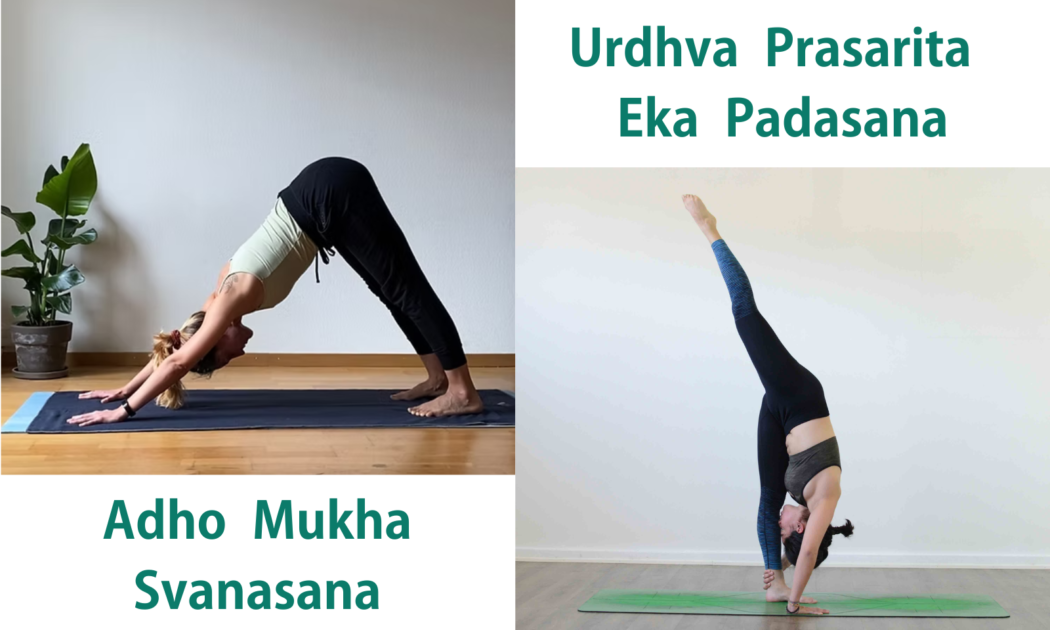
- Triangle Pose (Trikonasana)
When the front leg is straight and the torso reaches forward aggressively, the hamstring can be overstretched.
- Monkey Pose (Hanumanasana or Full Splits)
This advanced posture demands extreme hamstring flexibility. Attempting it prematurely can lead to tears.
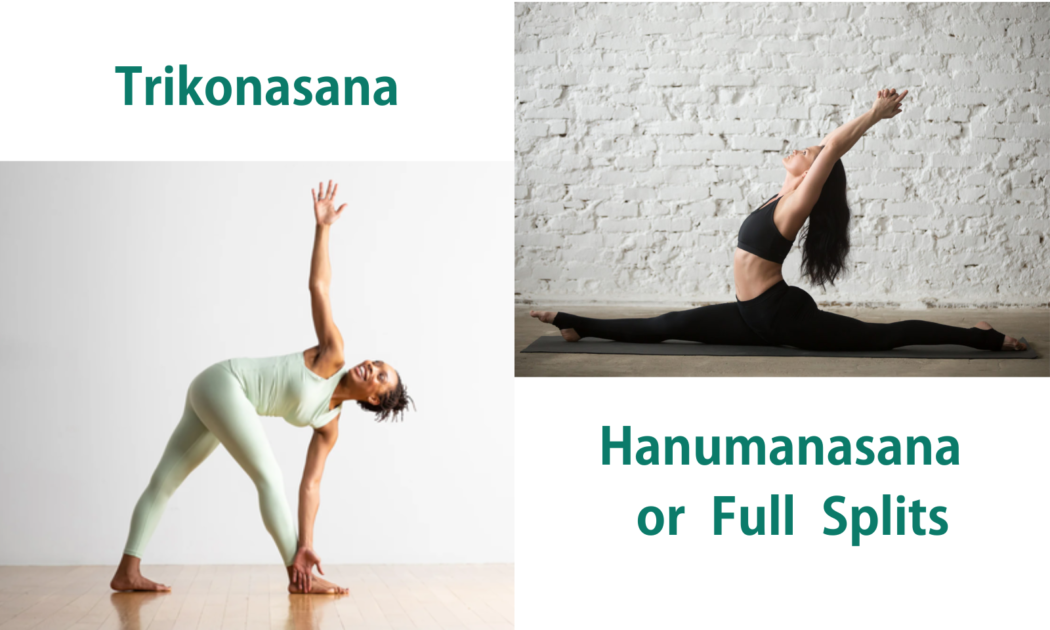
How to Prevent Hamstring Injuries in Yoga
- Warm-Up Properly
Begin your practice with gentle movement to increase blood flow—like Cat-Cow stretches, dynamic lunges, or gentle leg swings. Avoid jumping directly into deep stretches.
- Use Props
Blocks, straps, and bolsters aren’t just for beginners. They help maintain alignment and prevent overextension, especially in forward bends.
- Engage, Don’t Just Stretch
In forward folds, lightly engage the quadriceps (the front thigh muscles). This action signals the hamstrings to safely lengthen and prevents passive hanging.
- Micro-Bend the Knees
Instead of locking your knees straight, add a slight bend. This shifts the load off the hamstring tendons and onto the muscle belly, reducing strain.
- Focus on Alignment Over Depth
Don’t be tempted to touch your toes at the expense of form. A shorter fold with a straight spine is safer and more effective than a deep fold with a rounded back.
- Practice Variability
Mix up your sequences and include poses that build hamstring strength—not just flexibility. Think bridges, standing splits (with control), or chair pose variations.
- Listen to Sensations, Not Ego
Sharp pain, pinching, or intense pulling at the sit bones is a red flag. Learn to distinguish between “productive discomfort” and painful strain.
What to Do If You Strain Your Hamstring
If you suspect a hamstring injury, the worst thing you can do is stretch it further. Here’s a general roadmap for care and healing:
- Stop Stretching Immediately
Give the injured tissue time to rest. Continuing your usual practice or “stretching through it” will only prolong recovery or make it worse.
- Apply RICE (Rest, Ice, Compression, Elevation)
For the first 48 hours after a strain, RICE can reduce inflammation and promote healing. Gentle compression and occasional icing may help.
- See a Physical Therapist
A specialist can assess the extent of the injury and guide you through a rehab plan. They may suggest eccentric strengthening exercises, massage therapy, or manual manipulation.
- Gentle Strengthening Before Stretching
Once the acute pain subsides, start with light strengthening exercises—like bridges, hamstring curls, or slow controlled leg lifts.
- Reintroduce Yoga Gradually
Avoid full forward bends for several weeks or longer. When you return, keep the knees bent, use props, and stay within pain-free limits.
Understanding Chronic Hamstring Injuries (Proximal Hamstring Tendinopathy)
Sometimes, hamstring pain lingers or worsens over time. This could be a sign of proximal hamstring tendinopathy, a condition characterized by inflammation or degeneration of the tendon near the sit bones.
Signs of Tendinopathy:
• Dull, aching pain at the top of the back thigh
• Discomfort during prolonged sitting
• Pain with stretching or walking uphill
• Pain that gets worse with continued yoga practice
Treatment Options:
• Rest and activity modification
• Physical therapy with a focus on eccentric loading
• Avoiding deep stretching for several months
• In some cases, dry needling, PRP therapy, or surgical intervention
Building a Hamstring-Friendly Practice
A healthy yoga practice balances flexibility, strength, alignment, and awareness. Here’s how to support your hamstrings in the long run:
Best Practices for Long-Term Health
• Warm up before deep stretching
• Balance passive stretches with active ones
• Use props for support and alignment
• Practice humility and self-compassion
• Seek guidance from experienced teachers or therapists
Poses to Include:
• Bridge Pose (Setu Bandhasana): Strengthens hamstrings and glutes
• Chair Pose (Utkatasana): Builds leg strength and endurance
• Half Splits (Ardha Hanumanasana): Stretches hamstrings with control
• Pyramid Pose (Parsvottanasana): Gentle hamstring stretch when done mindfully
A Note for Yoga Teachers
If you’re a teacher, you play a pivotal role in preventing hamstring injuries. Here are tips to guide your students safely:
• Avoid cueing “deeper” without checking alignment
• Emphasize engagement over reach
• Educate students about anatomical limits
• Model using props proudly
• Encourage rest days and recovery
Injury prevention starts with awareness. Empower your students to value integrity over intensity and sensation over shape.
Conclusion: Deepen Your Yoga Journey with Our 200-Hour YTTC in Rishikesh
Injury prevention in yoga begins with awareness, knowledge, and a commitment to understanding the body’s mechanics. Our 200-Hour Yoga Teacher Training Course (YTTC) in Rishikesh offers more than just a certification—it’s a transformative journey into the science and soul of yoga. We believe that mastering asanas is not just about achieving physical postures, but about understanding how the body functions, adapts, and heals through conscious movement.
This training goes beyond the surface to explore anatomy, physiology, and biomechanics in a way that’s both accessible and profound. You’ll learn how to keep your body—and your future students’ bodies—safe, aligned, and empowered through intelligent asana practice. From preventing common injuries like hamstring strain to cultivating long-term strength and flexibility, our program equips you with the tools to teach with confidence and compassion.
Set against the spiritual backdrop of Rishikesh, our YTTC integrates ancient yogic wisdom with modern teaching methods. Whether your goal is to become a yoga teacher or to deepen your personal practice, this training is your gateway to a safer, more meaningful connection with yoga and the human body.
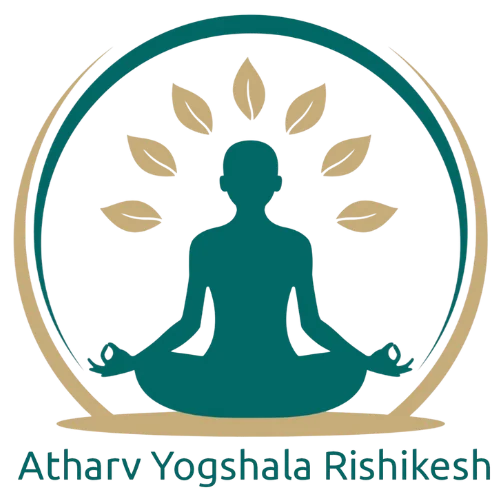
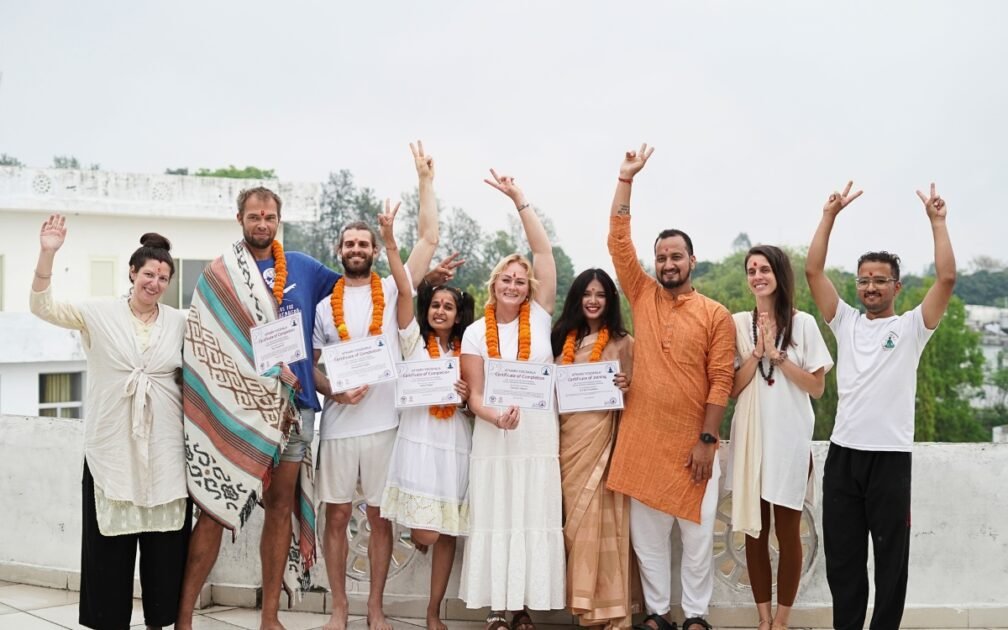
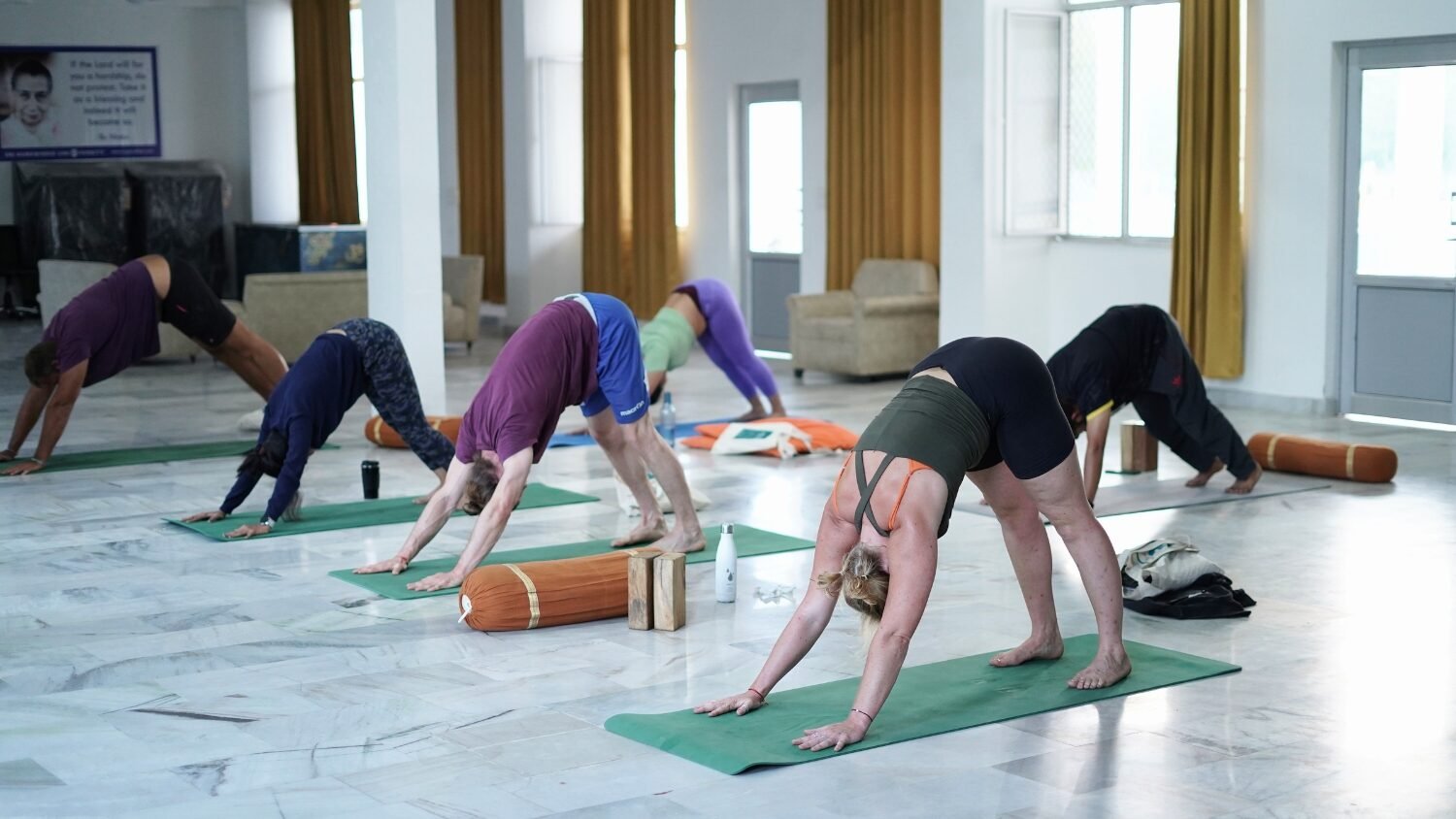
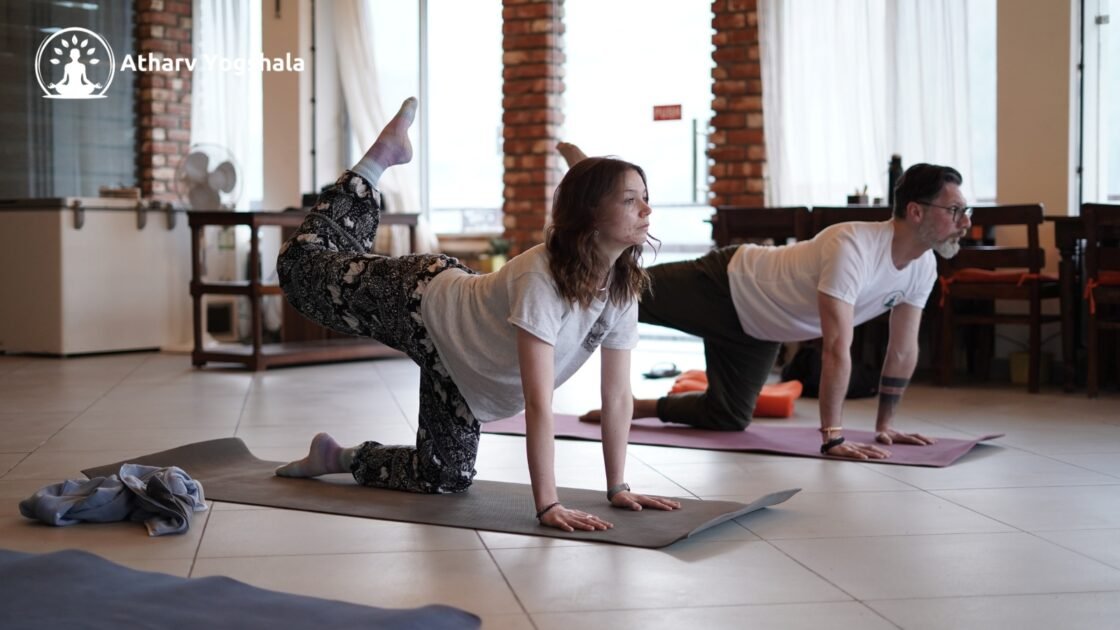


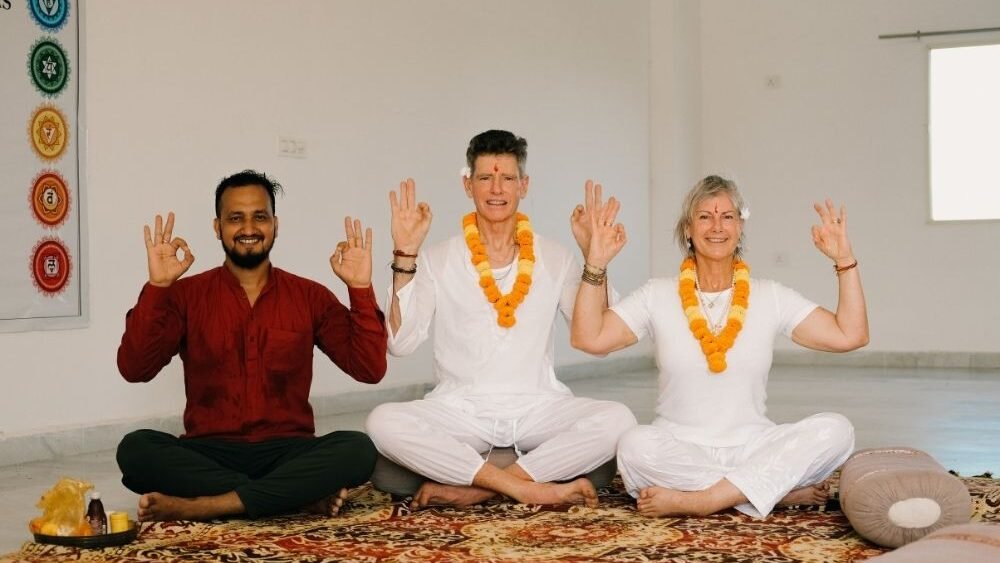

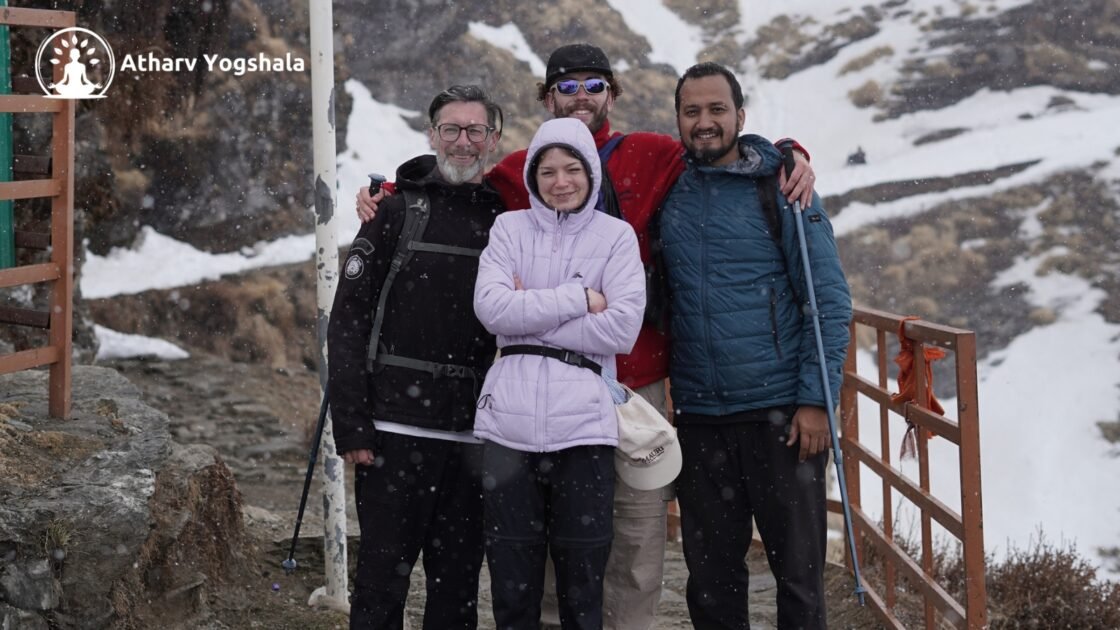



Leave a comment: